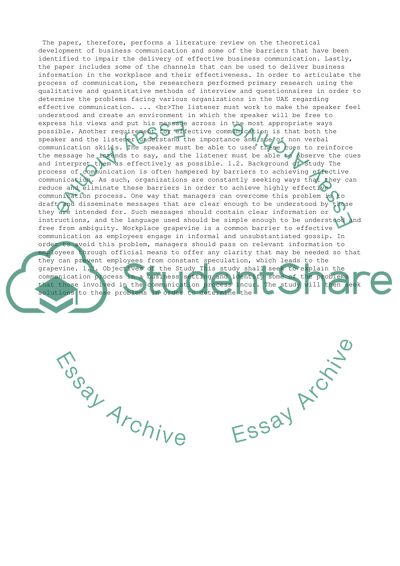Cite this document
(“Effective Business Communication Research Paper”, n.d.)
Retrieved from https://studentshare.org/business/1496649-what-makes-communication-effective-in-business
Retrieved from https://studentshare.org/business/1496649-what-makes-communication-effective-in-business
(Effective Business Communication Research Paper)
https://studentshare.org/business/1496649-what-makes-communication-effective-in-business.
https://studentshare.org/business/1496649-what-makes-communication-effective-in-business.
“Effective Business Communication Research Paper”, n.d. https://studentshare.org/business/1496649-what-makes-communication-effective-in-business.


